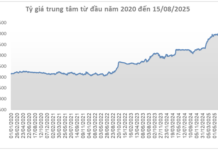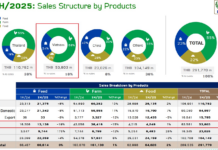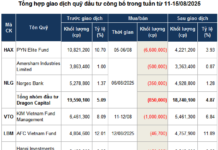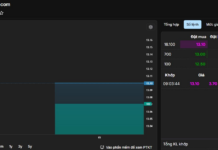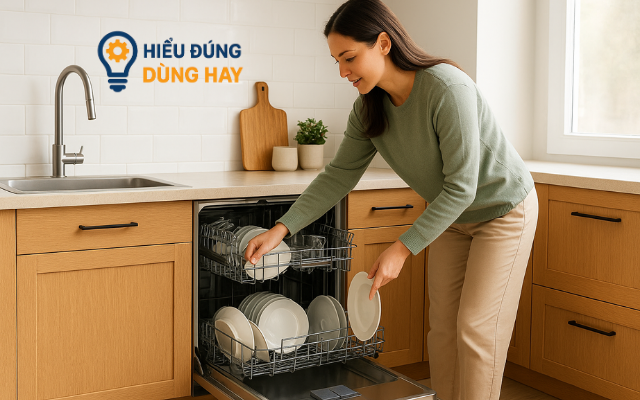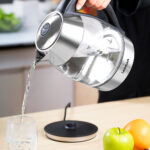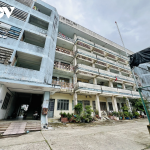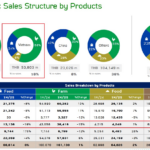
In recent years, dishwashers have become a sought-after appliance for many Vietnamese families, especially in big cities. The reasons are clear: they save time, limit direct contact with harsh cleaning chemicals, and reduce arguments over whose turn it is to do the dishes. However, many buyers are left disappointed, feeling that their dishes aren’t as clean as they’d hoped, that the machine uses more water and electricity than expected, or that it breaks down quickly. The main issue isn’t with the machine itself, but with how we use and understand it.
A common misconception is that dishwashers can handle anything, from rice-crusted plates to greasy pans and smoke-stained pots. In reality, dishwashers rely on a combination of powerful water jets, high temperatures, and specialized detergents. If large food particles or stubborn burnt-on residue remain on dishes before washing, the machine’s effectiveness decreases significantly, and these particles can even cause blockages. Thus, it’s essential to scrape off excess food before loading the dishwasher. This isn’t “pre-washing”; it’s simply preparing the dishes correctly so the machine can do its job optimally.
Dishwashers come in various sizes, from mini countertop models (6-8 place settings) to large built-in or freestanding machines (12-15 place settings). For small families of 2-3 people who don’t cook often, a smaller machine is more efficient in terms of water and electricity usage and takes up less kitchen space. Conversely, larger families or those who frequently cook oily dishes should opt for a machine with a bigger capacity, multiple racks, and a potent washing mode. Choosing a machine that suits your actual needs will provide a much more pleasant experience than simply buying the most expensive model, which may offer excess capacity and incur higher operating costs.
Some people only consider the number of place settings and wattage when purchasing a dishwasher, neglecting an essential factor: washing modes. Modern dishwashers typically offer several programs:
Quick Wash: For lightly soiled dishes when time is of the essence.
Intensive or Pot Wash: Designed for greasy dishes from frying and sautéing, as well as heavily soiled pots.
Eco Wash: A longer cycle that conserves water and energy, ideal for daily use.
Sanitize/High-Temperature Wash: Suitable for households with young children, elderly individuals, or those with weakened immune systems.
Selecting the right mode not only ensures cleaner dishes but also prolongs the lifespan of your dishwasher by preventing overload from misuse.
One reason many people complain about their dishwasher’s cleaning performance is incorrect loading. The basic rules are to avoid overlapping items, tilt plates to ensure water runoff, place pots and pans face down, and leave gaps for the water jets to reach all corners. Cutlery should be placed in designated baskets or holders to prevent them from falling into the spray arms. When loaded correctly, even stubborn stains can be effectively removed.
Dishwashers also require maintenance to maintain their efficiency. Regular cleaning of the filters prevents odors and blockages. Check the spray arms for any built-up residue. Use the recommended types of rinse aid, water softener salt, and detergent tablets to protect the machine’s internal components. Some manufacturers even suggest running a cleaning cycle once a month.
A dishwasher isn’t just a means to avoid doing the dishes; it’s a tool to enhance your quality of life when used correctly. Choose the right model for your needs, understand how it works, select the appropriate washing modes, and maintain it regularly—that’s the formula for getting the most out of your dishwasher.
The Toppling Wind Farm: A Tale of Tumbled Turbines
While laying undersea power cables for an offshore wind farm project, a sudden bout of stormy weather caused a cable-laying vessel to lurch violently, snapping and uprooting over 10 electrical towers of the 22kV transmission line belonging to the Thanh Hai 1 Wind Power Plant in Vinh Long.
The Frustrations of Nine: Unraveling the Stories Within the Blocks of Cần Thơ’s Inner-City Apartments
For nearly two decades, the residents of 91B Apartment Complex in An Khanh Ward, Ninh Kieu District, Can Tho City, have endured a litany of issues: exposed and rusting ceiling beams, peeling floor tiles, lengthy cracks in the foundation, and a plethora of unreasonable fees. Adding insult to injury, the developer has been notably absent, leaving nearly 450 families to grapple with these problems on their own.









